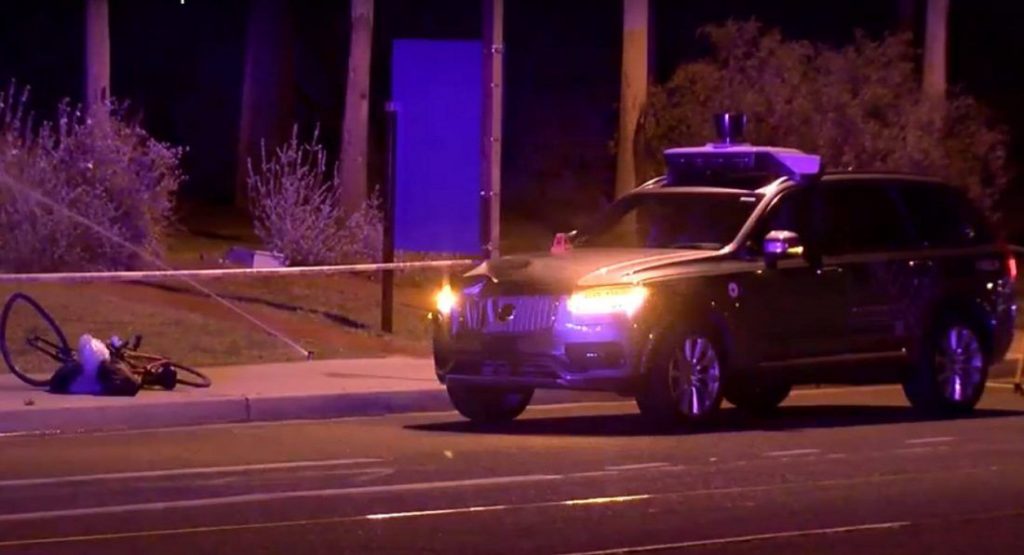Uber’s self-driving vehicle involved in a fatal impact on March 18 detected an object in the road six seconds before the crash.
In a preliminary report published by the National Transportation Safety Board (NTSB), it was concluded that the self-driving software classified 49-year-old Elaine Herzberg as an unknown object, then as a vehicle, and finally as a bicycle as the two converged.
At just 1.3 seconds before the collision, the self-driving system determined that emergency braking was needed. However, automatic emergency braking maneuvers are not enabled when the vehicle is in self-driving mode and the human operator is relied on to intervene and respond.
Weirdly, “the system is not designed to alert the operator,” the NTSB report states.
The crash raised safety concerns about self-driving vehicles
During interviews with the NTSB, the vehicle operator said she had been monitoring the self-driving interface prior to the impact. She engaged the steering wheel less than a second before impact and began braking less than a second after impact.
The NTSB seems to lay partial blame on the pedestrian as well. It was concluded that she didn’t look in the direction of the vehicle until just before impact, her bicycle didn’t have side reflectors and she crossed the road in a section without road lighting. Additionally, post-accident toxicology results were positive for methamphetamine and marijuana.
Shortly before the NTSB published its report, the ride-hailing company confirmed that it had suspended its autonomous test program in Arizona.
Tempe Police Vehicular Crimes Unit is actively investigating
the details of this incident that occurred on March 18th. We will provide updated information regarding the investigation once it is available. pic.twitter.com/2dVP72TziQ— Tempe Police (@TempePolice) March 21, 2018







